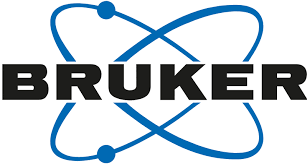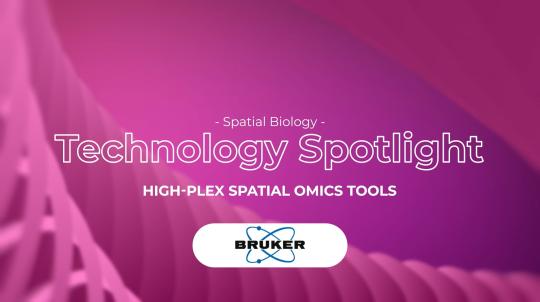Pancreatic ductal adenocarcinoma (PDAC) is a disease with very few therapeutic options. As a highly lethal cancer, with a low long-term survival rate, the urgency of meeting this therapeutic need is great. PDAC tumours are fibrotic, immune evasive, and exhibit metabolic reprogramming, complicating treatment efforts. Beatrice Awasthi's presentation focused on her research on whole transcriptome spatial molecular imaging in PDAC.
Awasthi's research identified two major malignant cell states in PDAC: classical and basal-like, each with prognostic significance. Tumours with a higher proportion of classical cells generally had a better prognosis. However, these cell states were primarily studied in untreated PDAC patients, who typically receive upfront chemotherapy and radiation to become surgical candidates.
The research aimed to compare cell states in treated versus untreated disease. Using single nucleus RNA sequencing, Awasthi's lab profiled treated and untreated PDAC specimens, identifying seven distinct malignant subtypes. Notably, the classical signature was enriched in untreated samples but decreased in treated samples, while the neural-like progenitor (NRP) signature was enriched in treated samples.
To study cellular interactions within tumours, Awasthi employed spatial profiling technologies, including single nucleus RNA sequencing and spatial molecular imaging. This approach helped refine the molecular taxonomy of PDAC and identify distinct communities of interacting cells. The SCOTIA algorithm was developed to analyse ligand-receptor interactions, revealing significant differences in signalling pathways between treated and untreated samples. IL6 family signalling, implicated in therapeutic resistance, was notably enriched in treated samples.
Awasthi's team applied a new whole transcriptome panel, allowing for a more comprehensive analysis of gene expression. This panel revealed previously unobserved interactions in PDAC. The research aimed to enhance gene detection, explore 3D tumour architecture, and integrate additional omics modalities for better understanding and treatment of PDAC.
In conclusion, Awasthi's research provided valuable insights into the complexity of PDAC, the impact of treatment on cell states, and the innovative approaches used to study and potentially improve therapeutic strategies for this challenging cancer. The presentation underscored the importance of spatial molecular imaging in understanding PDAC and developing more effective treatments.


